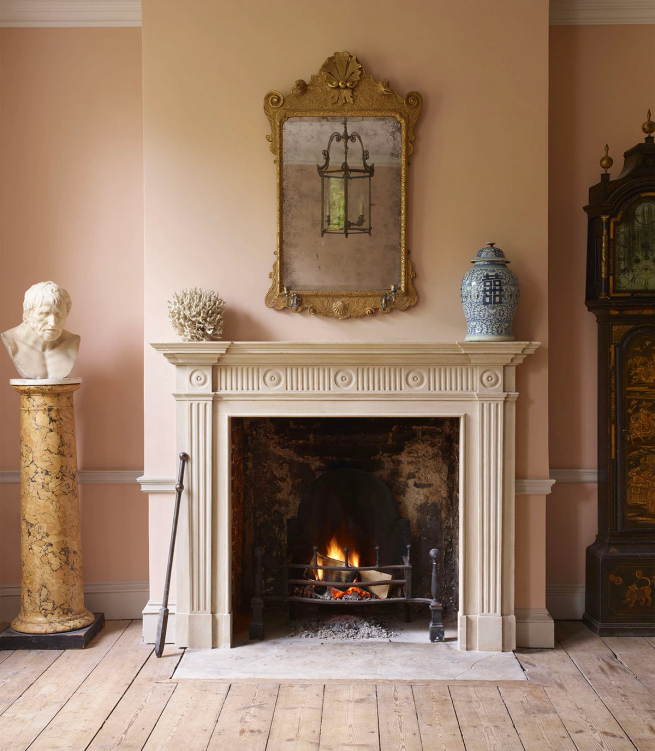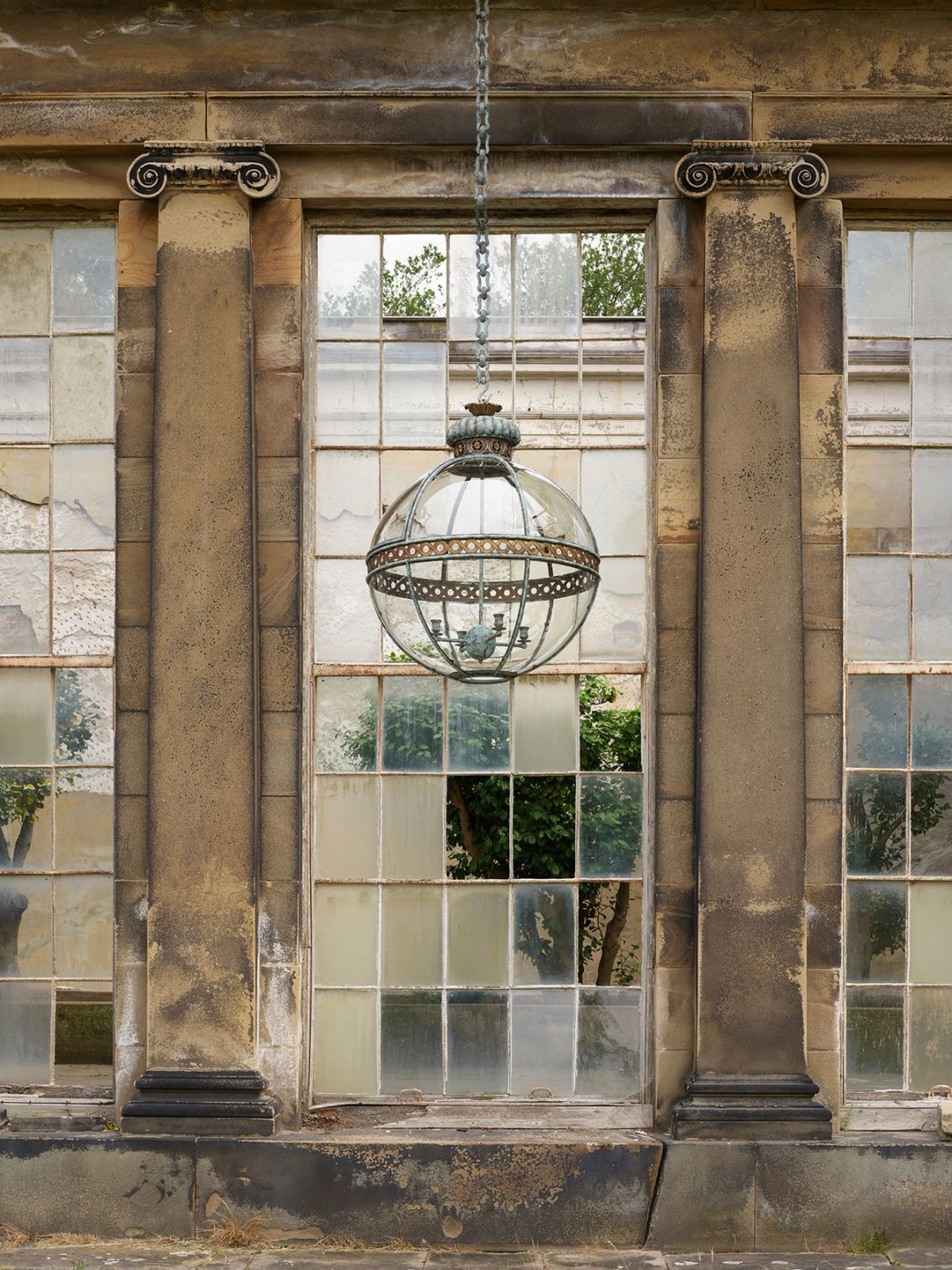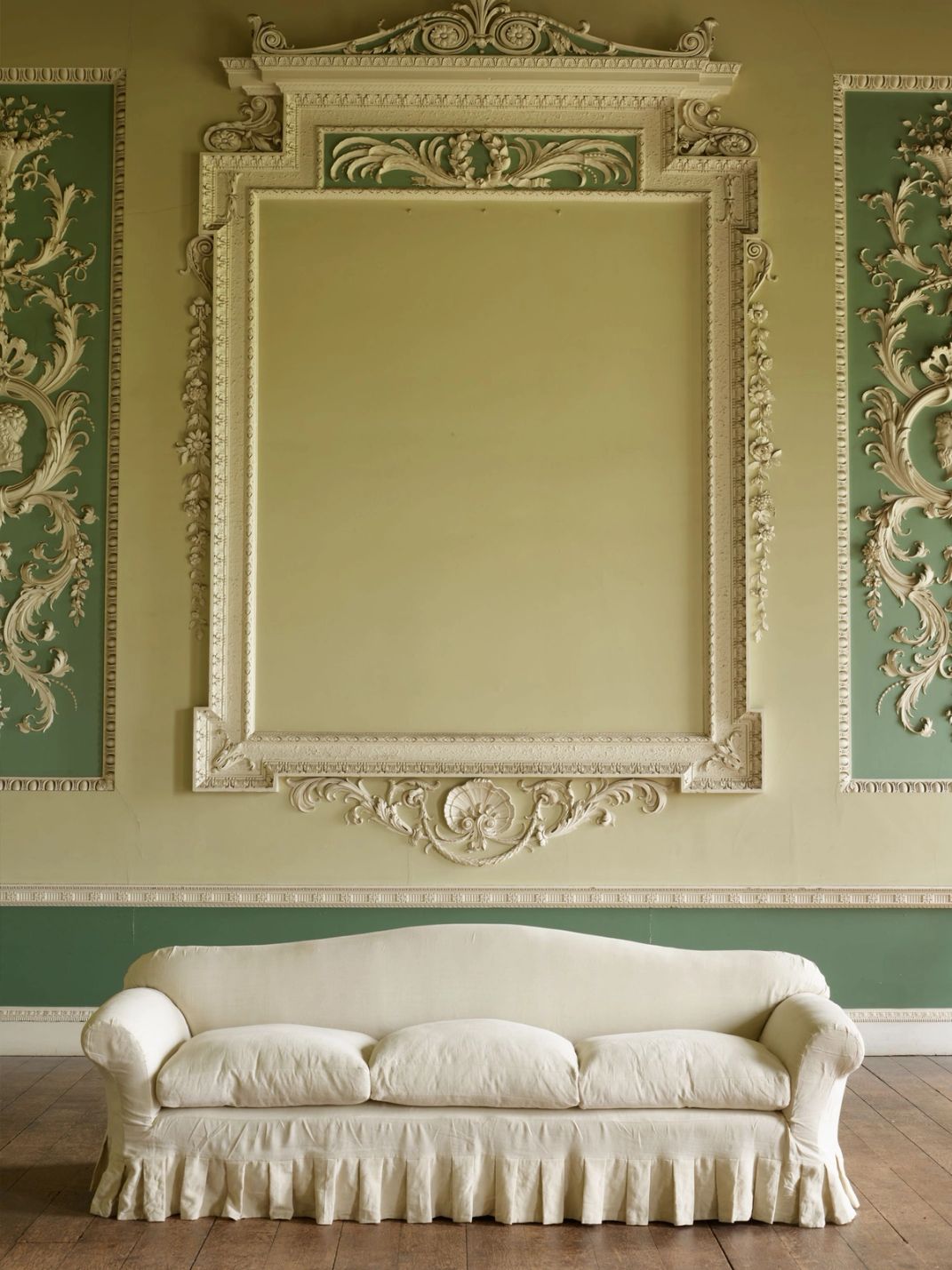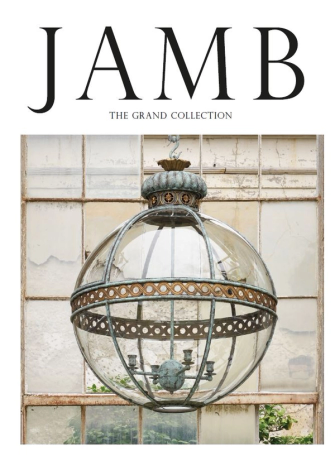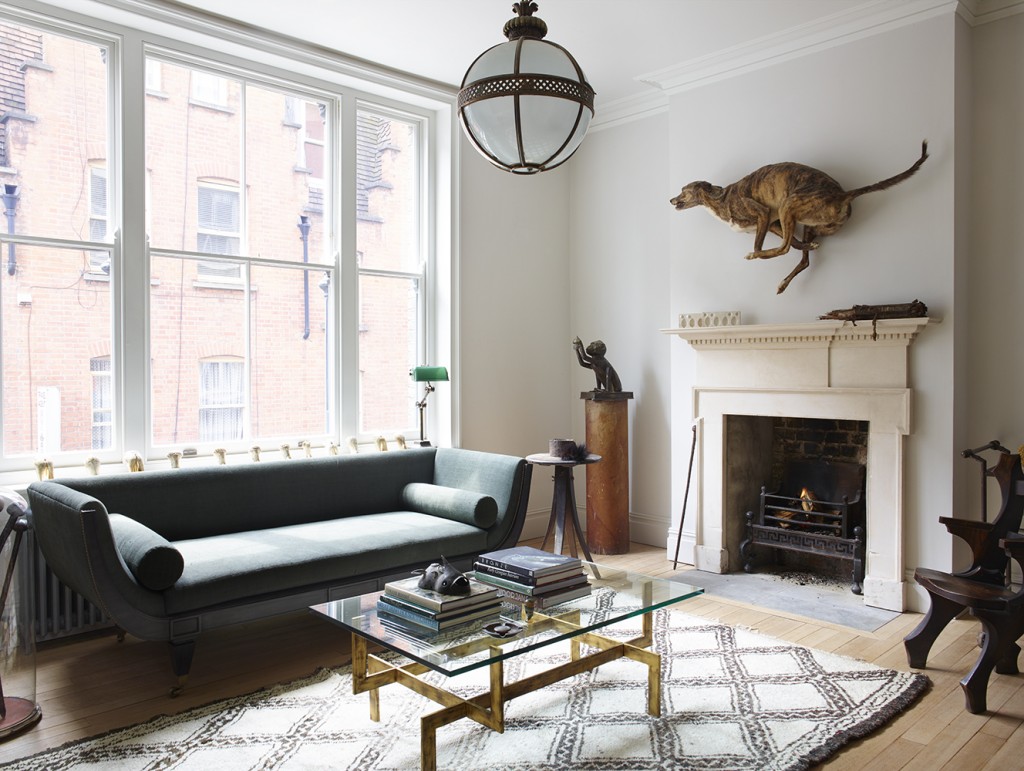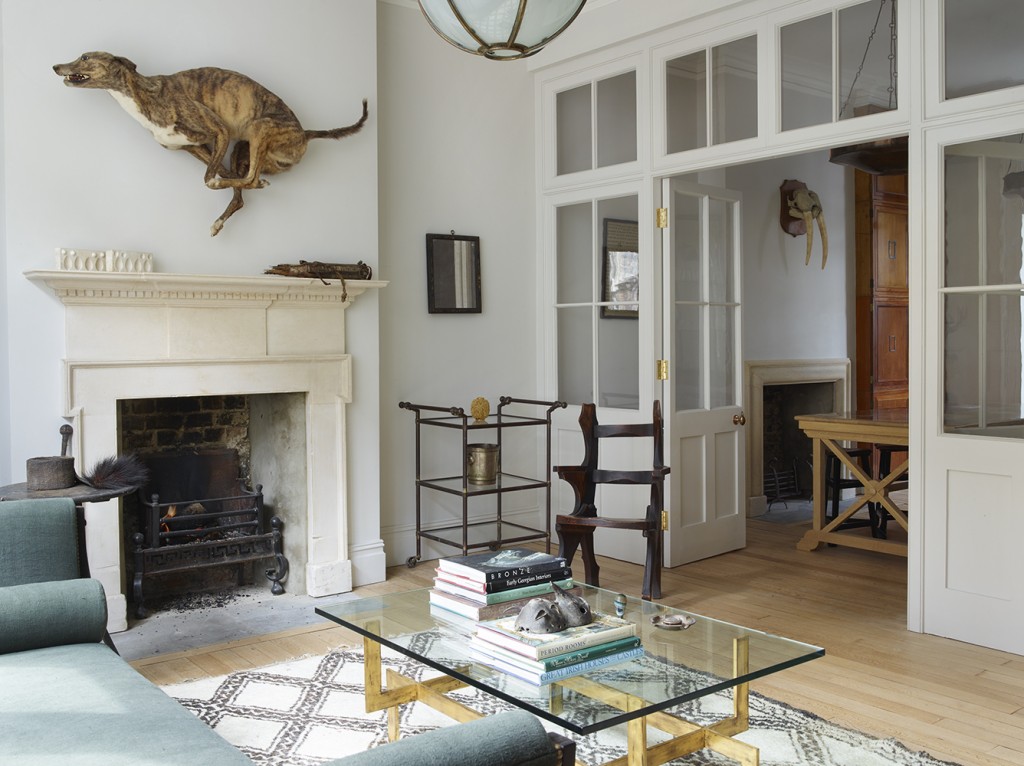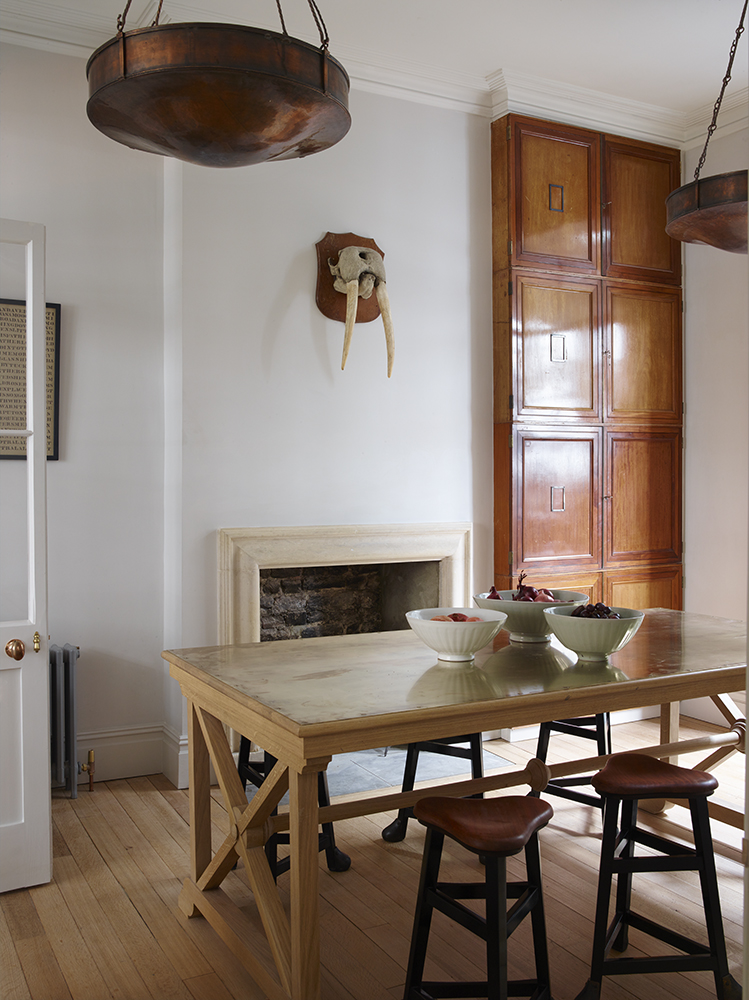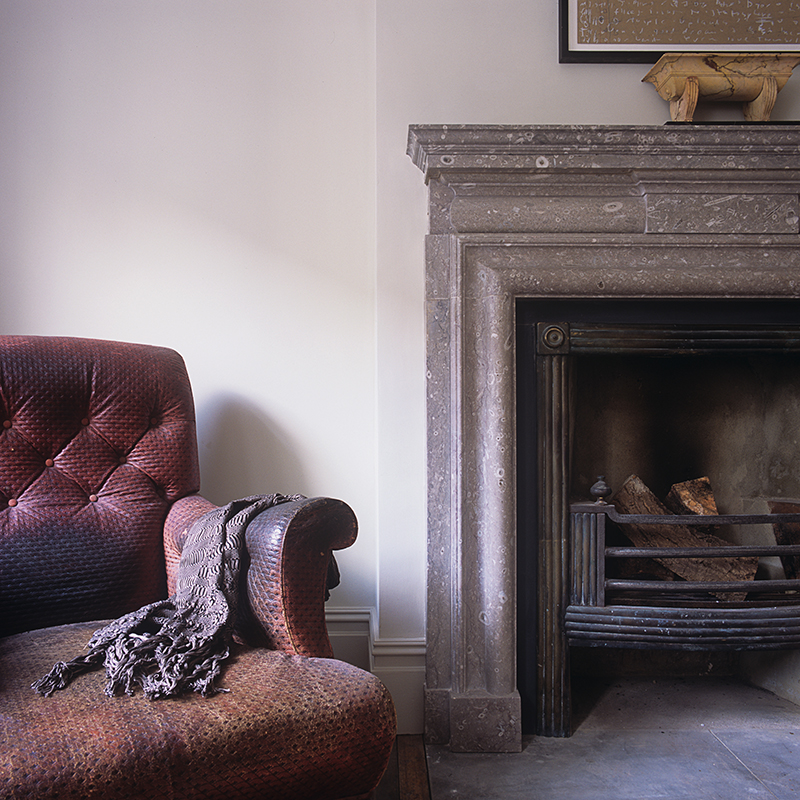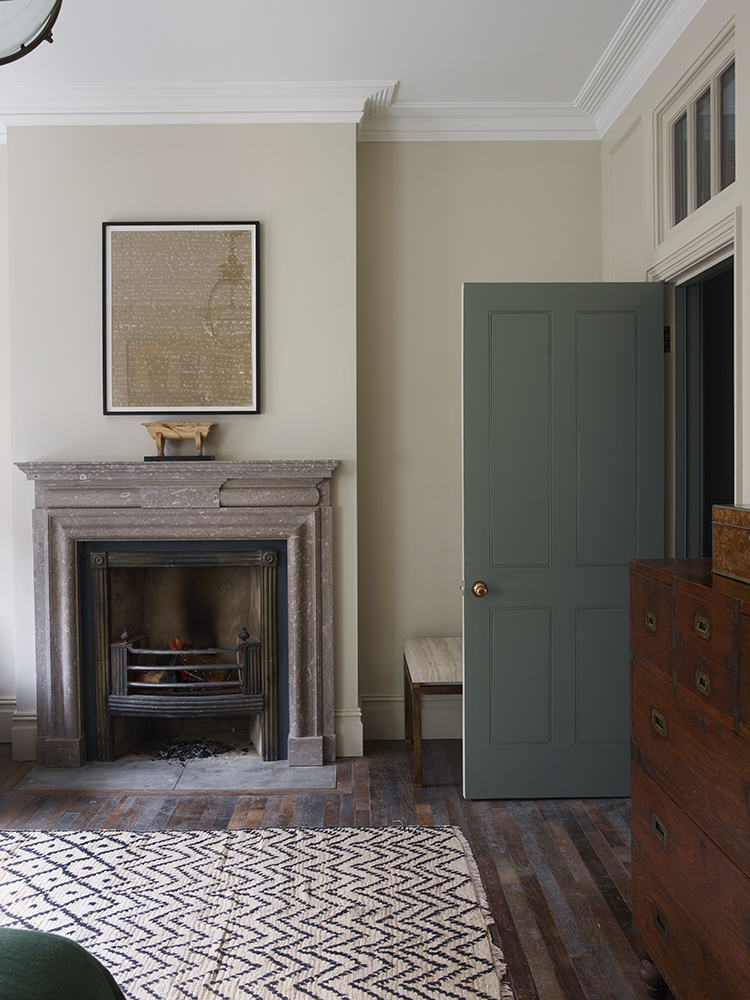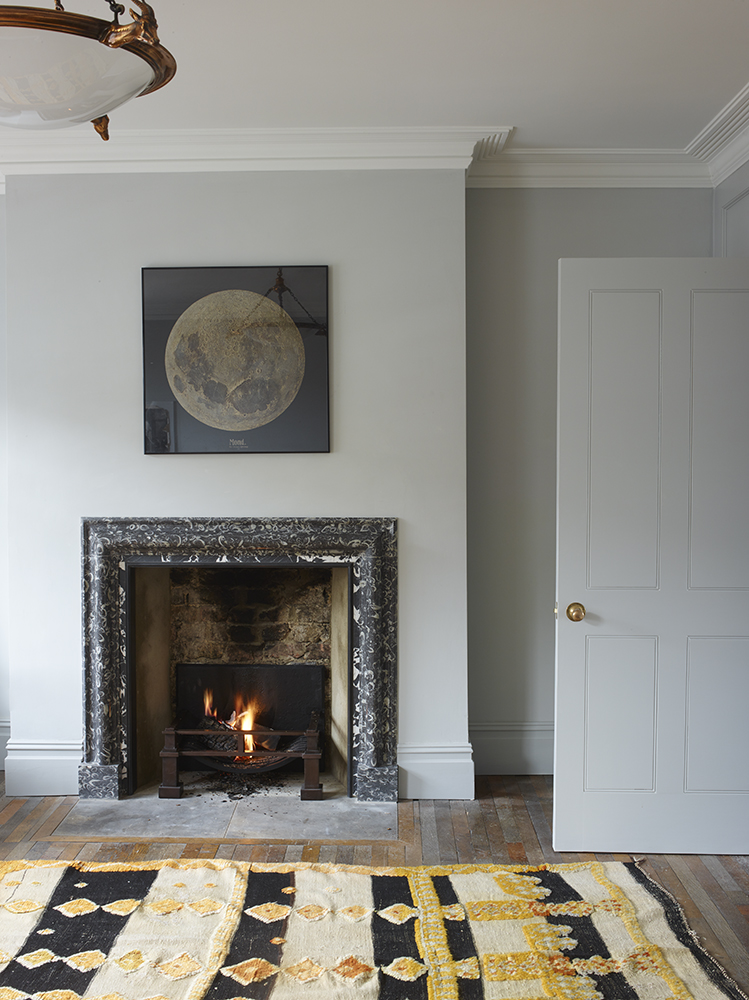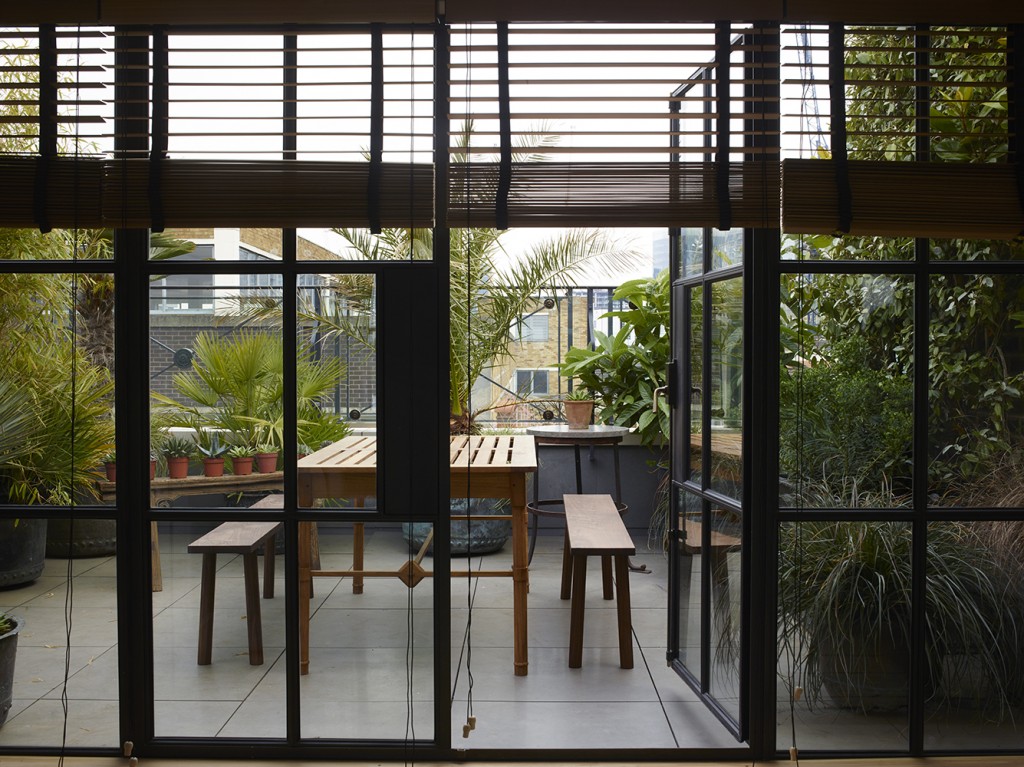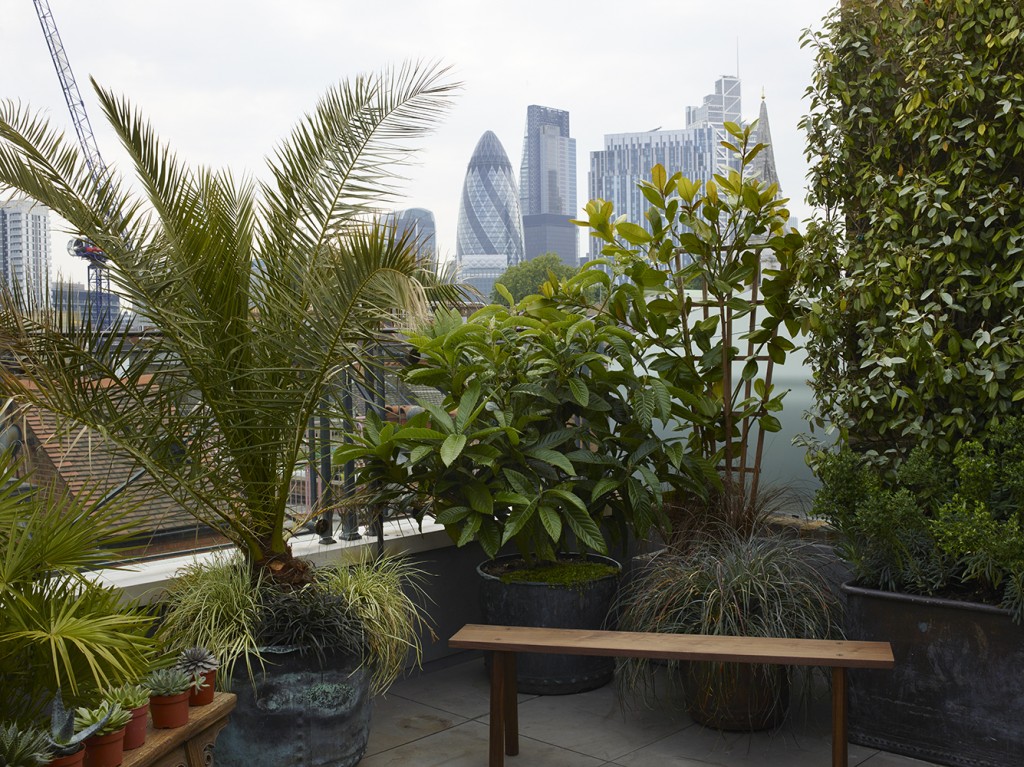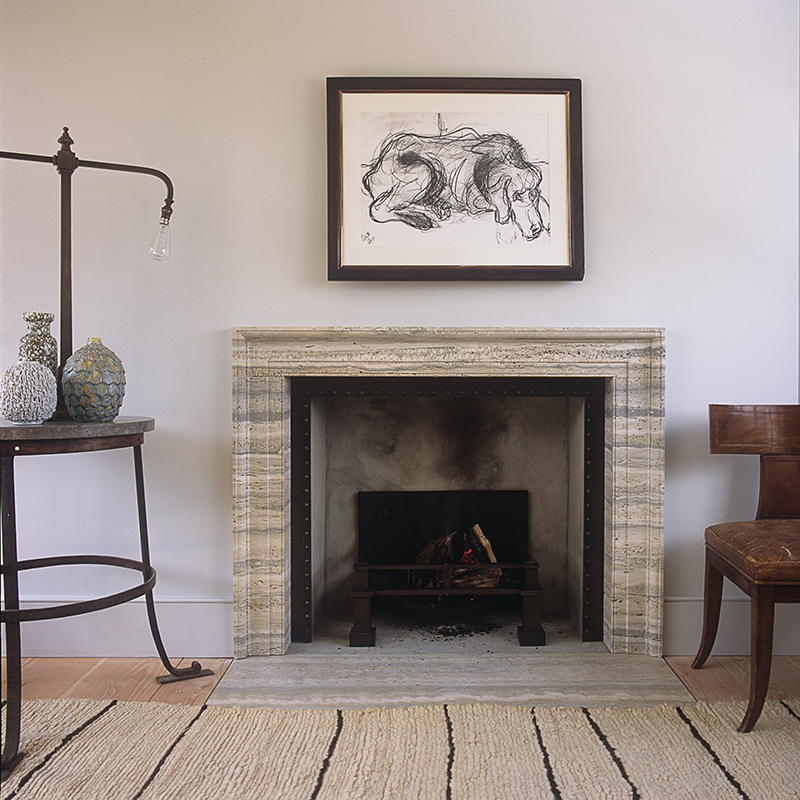Alongside the antique and reproduction fireplaces at Jamb, a large proportion of what we sell are bespoke fireplaces. This is a service I actually used myself recently for my own project in Hanbury street and it is fascinating when you find yourself as both client and supplier.
The fireplace is the principle feature that will guide the projects whole aesthetic. With Hanbury street that was just published in World of Interiors, my mind was spinning in what direction I should go. When I bought it, it was a semi-derelict 19th century building. Originally it would have housed the most pedestrian and frankly unexciting mantels. By the same notion I didn’t want to install anything that would appear too ostentatious or inappropriate. After much deliberation I settled on a mix of antique fireplaces and bespoke fireplaces.
I used a large antique Painswick stone mantel for the drawing room. Architecturally speaking it is not pure in design, it is an amended version of a George II architectural surround, but is the same period as the building. The Cornice shelf one would expect on a period surround has been amended into a flat plane that could only exist in the 19th Century copy. I love this adaptation and it was perfect for the house.
In the adjoining dining room I found another antique mantel, a small Painswick stone bolection. It has a chalky yet lived in feel and is a nice contrast to the larger scale of the drawing room surround.
Jamb has a ever expanding collection of rare, unique marbles and stones from Italy and around the world that we make custom work from. So I delved into the treasure trove to pick the best that worked in this environment.
Some years ago I bought parts of a ruined Derbyshire Fossil folly that had been designed by Sir John Vanbrugh for Castle Howard. It is undoubtedly one of my favourite materials. They were utterly useless as fragments and I had been longing to make something with them. So for the Master bedroom I decided on replicating a favourite Lutyens design which is based on another early Georgian model.
The tone of the material is fabulous and the heavy fossil markings are divine. It is again sympathetic to the building and I think achieves the clean yet traditional feel I wanted.
With the guest bedroom I wanted to keep it simple. Bolections have never gone out of fashion since they were introduced from Italy to Britain in the 17th century so I decided on this simple shape in the room. Material choices spun round my head endlessly. I wanted to use something with a reference to the ancient world, but that would blend with a modern environment. Eventually Lumacella was my favourite choice with Grand Antique marble slips.
The roof garden and adjoining room were completely new, built on after I bought the house. Having always been a fan of early 20th Century Classical American and British Art Deco we built a box structure with large crittal doors leading out onto the roof garden with Pietra Serena floors and walls.
Again by sheer chance, I bought the original Art Deco Greek revival iron balcony balustrade removed from Somerset House.
The mantel piece for the garden room had to work with that environment. Un-filled travertine seemed like the natural choice, a material with ancient pedigree, but used extensively in the early 20th century. We made a simple frame but with the material returning into the chamber by six inches to give a sense of depth and married it with some bronzed, steel slips.
The result was outstanding – I spent hours mesmerised by this simple piece after it was installed! When we make bespoke pieces for clients, location and environment are the largest influencing factor – we then carefully work out the best proportion for the room. At Jamb we like to use materials with historical references but ultimately the client will decide what material works best with the interior. A bespoke mantel needs to look probable and sympathetic to its surroundings – but like getting a bespoke item of clothing made, the process should be fun and engaging !


